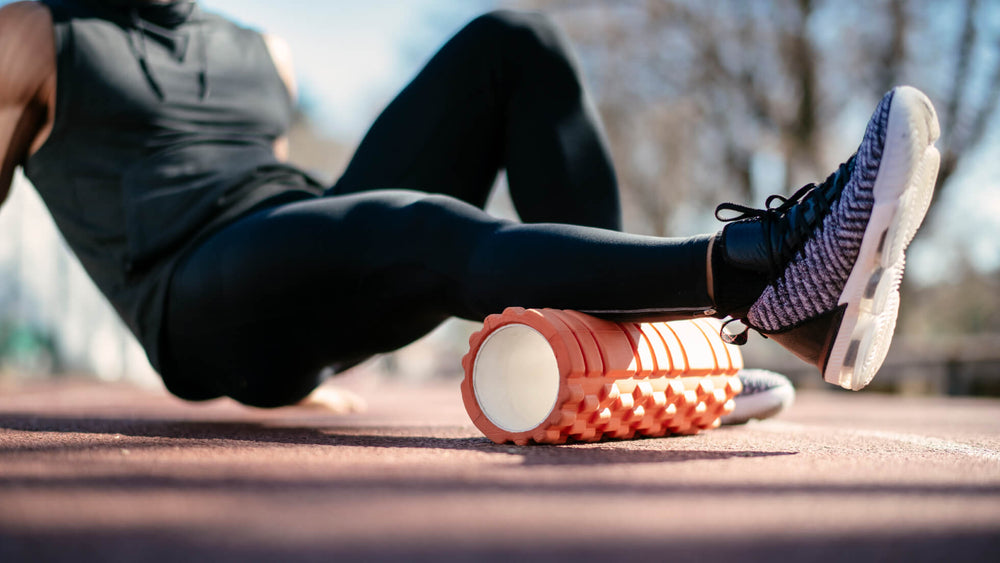Don’t Let Altitude Sickness Derail Your High-Elevation Trip

When it comes to peak bagging, shredding singletrack, or hitting the slopes, there's one pesky challenge that can quickly put a damper on your high-altitude endeavors: altitude sickness.
Also known as acute mountain sickness, this potentially serious condition can strike when you rapidly ascend to lofty elevations. And let's be real, the last thing you want to deal with when you're in the midst of an epic adventure is feeling like garbage due to the thin air.
But fear not! With the right preparation and know-how, you can beat altitude sickness at its own game and make the most of your time in the mountains. Let's break it down, step-by-step.
Preparing for Adventures at Altitude
The key to avoiding altitude sickness is to give your body ample time to acclimate to the low-oxygen environment. This means gradually ascending to higher elevations over the course of several days, rather than rapidly jetting up to the summit.
Before your trip, start taking a supplement like BRL Sports' Altitude RX about 24 hours in advance. This formula features a clinically-studied blend of ingredients like ginkgo biloba, cordyceps, and rhodiola that help enhance your body's natural acclimatization process. By getting a head start, you can hit the ground running (or hiking!) without dealing with the unpleasant symptoms of altitude sickness.
It's also crucial to stay properly hydrated and fuel up on carb-rich foods during your ascent. Your body is working overtime to get the oxygen it needs at altitude, so you've gotta keep those energy stores full. So if you were looking for an excuse to eat that extra plate of pasta, here it is!
Taking Care of Yourself at Altitude
Once you've reached your high-altitude destination, continue being proactive about managing altitude sickness. Monitor yourself and your crew closely for any warning signs, like persistent headache, nausea, dizziness, or shortness of breath.
At the first hint of trouble, don't try to tough it out. Slow your pace, take frequent rest breaks, and consider descending to a lower elevation if the symptoms persist or worsen. Hydration and nutrition are still key, so keep sipping water and nibbling on easy-to-digest snacks.
And don't forget to listen to your body. If you're feeling seriously unwell, don't hesitate to seek medical attention right away. Altitude sickness can quickly progress into life-threatening conditions like high-altitude cerebral edema (HACE) or high-altitude pulmonary edema (HAPE), so it's always better to err on the side of caution.
Recovering from Altitude Adventures
Once you've safely returned to lower elevations, your body will need some time to fully recover from the stresses of high altitude. Be patient and gentle with yourself — your cells have been working overtime to adapt, so they deserve a well-earned break.
Over the next few days, focus on proper hydration, nutrition, and rest. Avoid intense exercise, and consider continuing your Altitude RX supplementation to support your body's natural recovery process. Gradually reintroduce training as you start to feel more like yourself again.
With the right preparation, proactive management, and post-trip recovery, you can conquer the challenges of high altitude and emerge stronger than ever. Just remember to always prioritize your health and safety — because no summit is worth risking your wellbeing. Gear up, get after it, and enjoy the view from the top!
Take the next step in your training regimen: Try any BRL Sports supplement risk-free! If our natural nutritional products aren’t the best you’ve ever used, simply return your purchase for a 100% refund — no questions asked!
Also in Inspiration & Perspiration

High Altitude Supplements: Complete Guide to Training & Prevention (Altitude Sickness Solutions)
Support endurance and reduce altitude stress with supplements that improve oxygen efficiency, stamina, and recovery in high-altitude conditions.

Best Supplements For Runners: Complete Guide By Training Phase (Base, Peak, Taper & Race Day)
Discover the best supplements for runners by training phase—base, peak, taper, and race day—to boost endurance, recovery, and performance.

Creatine for Endurance vs. Sprint Efforts
Creatine isn’t just for power—learn how it boosts sprint speed, recovery, and endurance performance.


